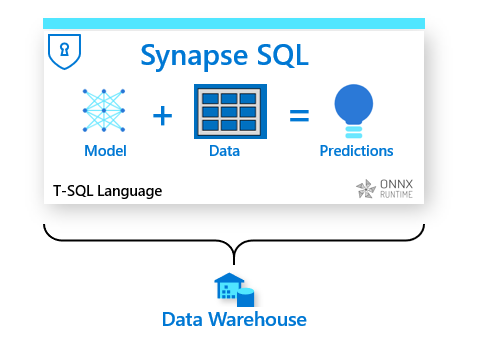Decoding MVC and MVT: Which Architecture Suits Your Project?
In the realm of web application development, the choice of architecture can be a pivotal factor influencing the outcome of your project. Two widely-discussed architectural patterns, namely Model-View-Controller (MVC) and Model-View-Template (MVT), often leave developers pondering over their distinctions. This article delves into both MVC and MVT, presenting a comprehensive comparison that will aid you in making an astute decision for your forthcoming web applications.
Unveiling MVC: Model-View-Controller
Model: At its core, the Model in MVC encapsulates the application’s data and intricate business logic. It manages the data structure, interactions with databases, and enforces data manipulation rules. By safeguarding data-related functions, potential changes remain contained without causing ripples across the application.
View: The View assumes the role of presenting data to users in the MVC architecture. It takes care of generating the user interface components and showcasing information sourced from the Model. A key distinction is that Views in MVC are designed independently of data logic, bolstering adaptability and reusability.
Controller: Controllers take the reins of user input and choreograph the flow of data between the Model and the View. They process user actions, update the Model correspondingly, and determine which View to exhibit. The segregation of this functionality from the View augments the maintainability and testability of the codebase.
http://informationarray.com/2023/08/23/demystifying-mvc-vs-mvvm-architectures-a-comprehensive-comparison/
Unraveling MVT: Model-View-Template
Model: Similar to its MVC counterpart, the Model in MVT is responsible for handling data and the associated business logic. It prescribes how data is structured, manipulated, and stored, while also managing interactions with databases to ensure data integrity.
View: Views in the MVT architecture, like in MVC, bear the responsibility of rendering data to the user interface. They are entrusted with the generation of HTML that end-users interact with. This isolation of data processing from the View preserves the clear division of responsibilities.
Template: The Template component sets MVT apart from MVC. Templates define the manner in which data should be presented within the View. They facilitate the rendering of dynamic content, empowering developers to seamlessly embed data into the HTML structure.
| Aspect | MVC | MVT |
|---|---|---|
| Model | Manages data and business logic. | Manages data and business logic. |
| View | Presents data to users, UI generation. | Renders data, generates HTML structure. |
| Component | Controller handles user input and data flow. | Template handles data rendering. |
| Decoupling | Strong separation of concerns. | Strong separation of concerns. |
| Flexibility | More flexible due to distinct components. | Templates offer simplicity and ease. |
| Usage | Common in many programming languages. | Primarily associated with Django. |
Making the Right Choice
The selection between MVC and MVT hinges on multiple factors, including your familiarity with the architecture, the specific framework being employed, and the intricacy of your project. If you find yourself in the realm of Django, a Python-based web framework, MVT aligns naturally. Conversely, MVC boasts a broader reach and adaptability across diverse programming languages.
In summation, both MVC and MVT furnish effective blueprints for structuring web applications, emphasizing the segregation of concerns and manageability. While MVC follows a traditional approach with well-defined components, MVT introduces Templates to streamline the rendering process. Armed with a profound understanding of their nuances and armed with the requirements of your project, you can confidently zero in on the architecture that seamlessly harmonizes with your development needs.









